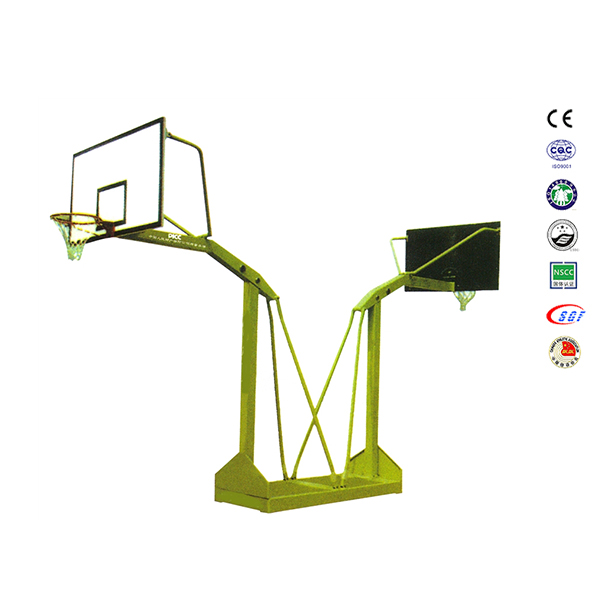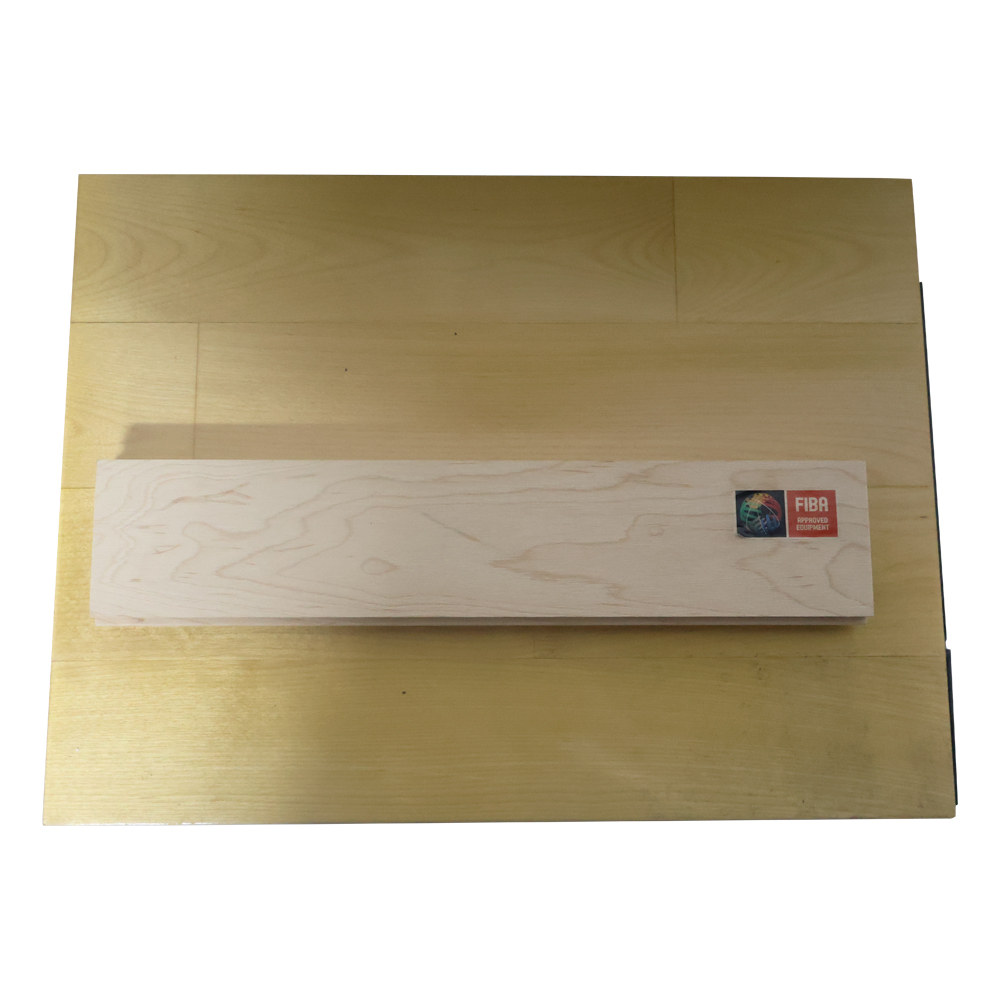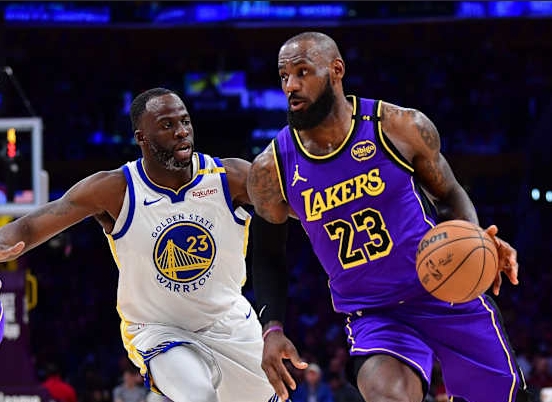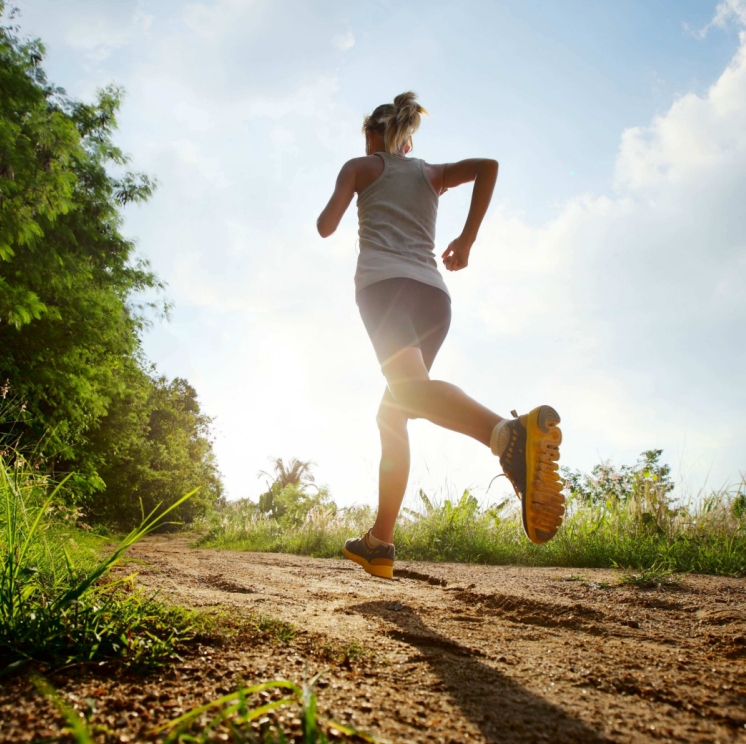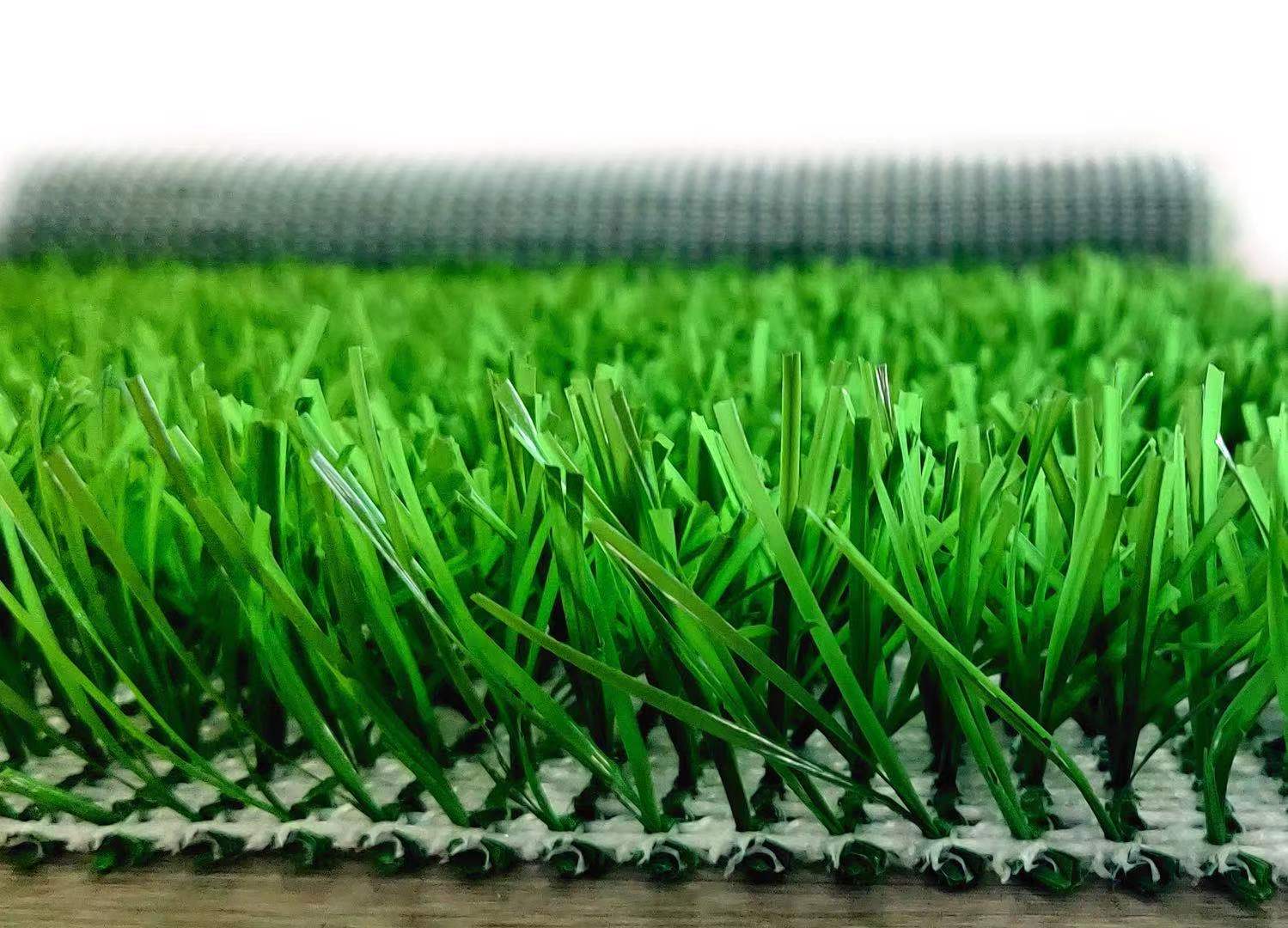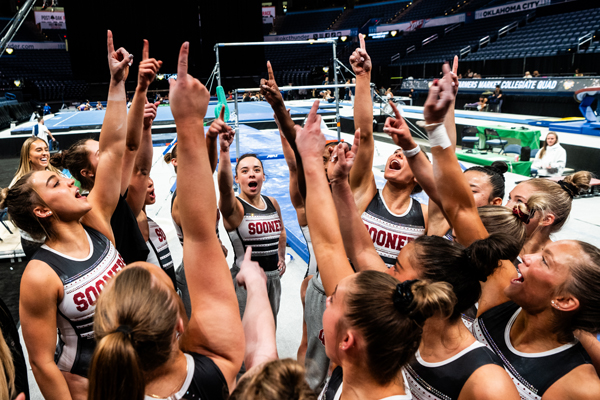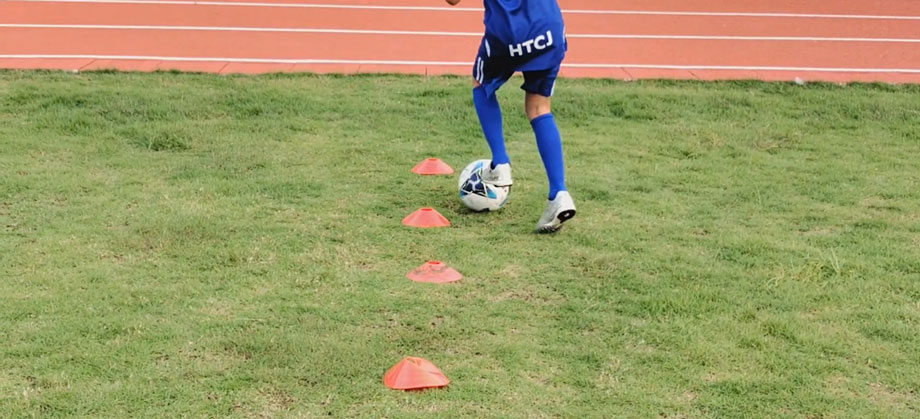Product
Full individual soccer training session
Basic Info
The first is to practice getting familiar with the nature of the ball. Push and pull the ball, push and flick the ball, jump and step on the ball, etc. The best practice to get familiar with the nature of the ball is to juggle the ball;
The second is to kick the ball against the wall with the inside of the foot, kick the inside of the instep accurately, shoot, etc.;
The third is to dribble, straight line, folded line, around the pole, etc.
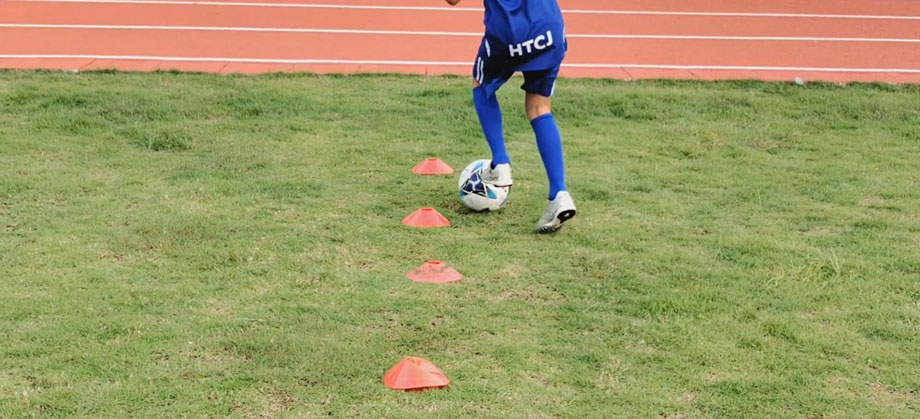
Notes on practicing running
Firstly, before starting the running training, trainers, especially beginners, must do a good warm-up training before training, loosen their muscles and bones, and avoid poor performance during training, and even injuries such as cramps, sprains, and strains.Secondly, beginners should be proficient in mastering the basic movements of various running techniques in ball free techniques during running practice.
Finally, choosing one's own running route based on the trajectory of the ball is a principle requirement. In modern football matches, the attacking and defending rhythms of both sides are getting faster and faster, so it is required that the player's movements should match the overall tactics of the team. When attacking, the running position should be sharp and penetrating, such as the need for the winger to firmly insert the ball after controlling the ball in the middle, and being good at running out of gaps to give the ball controller more choices to play. The basic principle of running position is to cause trouble for the opponent's defense; When defending, it is important to pay attention to the position of other teammates, form a complete offensive and defensive system, and be prepared for defensive counterattacks.

Basic running methods in football matches
1. Running while fitting
In football matches, edge running is a method in which the attacking player without the ball inserts into the outer running position from behind the ball holding player. This kind of running technique is usually applied in the passing and cutting coordination between wingers and full backs. When the winger has effective control over the ball, they need to rely on the opponent's attention during defense to focus on the back of the team, insert from behind the winger, and achieve a favorable receiving position. This tactic is commonly used in teams that focus on attacking from the sidelines.2. Running behind
Backward running in football matches is a running method in which the attacking team's non ball player inserts behind the defensive team. This method of running often occurs in the coordination between the forward team and the shadow team (attacking the midfield, attacking the core in the front field, and playing the fake number nine) when attacking in the middle. When the forward player is preparing to break through the attack with the ball, due to the increased defensive pressure, the opposing defender will intercept the forward player. The shadow forward team quickly inserts into the defensive team's defense, with one side acting as a forward to receive and on the other hand, it can attract and disrupt the attention of the opponent's defense.3. Diagonal running
Slant running refers to a running method where the running route approximates the diagonal of the court. On the football field, diagonal running can be divided into two types: outward diagonal running and inward diagonal running. The main purpose of running diagonally outward is to transfer the ball to the weaker defensive side when attacking on one side is not possible.
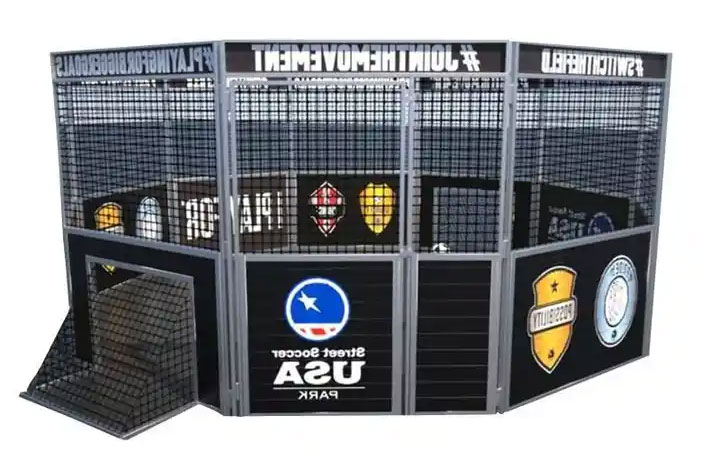
Best Street Panna Football Cage
warm-up
Place a row of approximately 4-5 signboards within the venue, but the last one should be placed slightly further away, which will be set as the endpoint.At the beginning, do a warm-up jog, and then do 2-3 sets of high leg running exercises within the marker area, paying attention to the frequency being fast, the swing being large, and the thighs being raised as much as possible.
Then there are 2-3 sets of back leg running exercises, where the calves are swung back and raised, and the hands are naturally lowered, trying to touch their hands with the heels every time.
After completing the actions in the above marker area, sprint to the finish marker with all your strength.
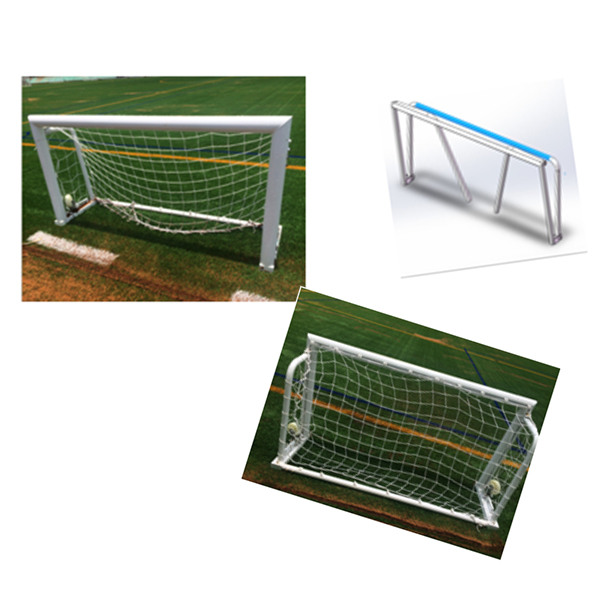
Portable Full Size Soccer Goals
Ball sensation exercise
As shown in the figure, arranging the 4 sign plates creates a square for the practice area. All the exercises below should be completed within a square area, and efforts should be made to avoid going out of bounds.1. In place pendulum practice
Spread your legs at shoulder width apart and use the inside of your feet to move the ball back and forth between your legs.2. In place toe penalty practice
Keep your body upright and step on the ball with your toes alternately in place, constantly increasing the frequency.3. Pendulum with outer foot touch and turn
Start with the pendulum practice, then use the outside of your foot to flick the ball and turn around before continuing with the pendulum. Repeat this process, but try not to leave the practice area.4. Use your habitual foot (or practice reverse foot) to quickly touch the ball by alternating the inside and outside of your foot. Make sure the ball moves left and right instead of back and forth. Pay attention to bending your body slightly and bending your knees slightly, which can help you better control the ball.
5. Continuous inner and outer foot dorsiflexing practice. This training is similar to the above, but the details are significantly different. This training is a continuous dribbling exercise where the outer instep touches the ball and then receives the inner instep to continuously spike the ball. It is important to grasp the rhythm of ball control, as this can improve your ability to control the ball in small spaces over time.
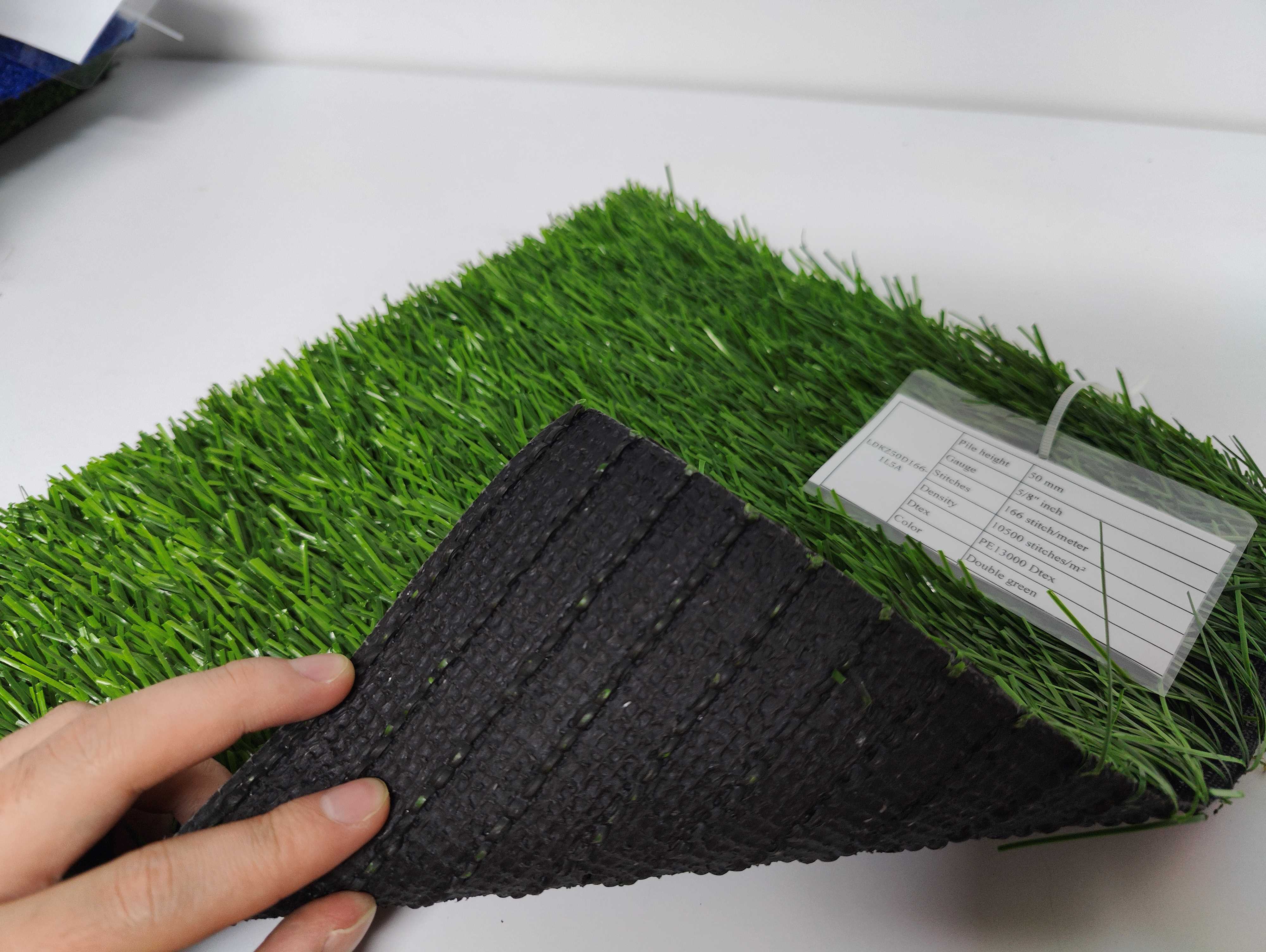
High Quality Low Price Long Service Life Artificial Grass
6. Lateral toe pull ball
This training involves first pulling the ball laterally to one side with the tip of one foot, and then stopping it on the inside of the other foot. Once proficient, the training speed can be gradually increased.7. Cruyff Turning Practice
Drive the ball through the square area, pretend to shoot, and use the inside of your foot to push the ball towards the other side. Pay attention to the control of the dribbling force, do not dribble too far, and try to complete this action within this small area.8. Step with left foot, turn around, and push the inside of the right foot forward
First, perform the regular left foot cycling motion, then quickly turn around and use the right foot to touch the ball and push it in the opposite direction. This motion belongs to the technique of getting rid of the back body. After practice, it can be used on the court when you are pressed with the ball on your back.9. Step and turn, then dribble the ball outside the foot to get rid of it
This action is similar to the key points mentioned earlier, and it is also a back to body technique that can help you get rid of the other person under pressure.10. Pulling people back and forth
This action must be realistic, pretending to push forward and quickly pulling the ball back. This action may seem simple, but it requires you to have a good sense of the ball and the ability to judge the defender's center of gravity.

Physical training
Place the four sign plates as shown in the figure, and the size of the rectangular area depends on one's own quality.1. After squatting and sprinting, do squat exercises on the starting marker line for about 10 times in a group, then do a full sprint and run around the finish line.
2. Sprint after push ups
Start by doing around 20 push ups on the starting marker line. At the beginning, you can do a little less, but not less than 10, and then continue to increase the amount. After completing the push ups, immediately sprint to the finish line with full force.
The above training not only exercises explosive power but also endurance physical fitness. It is recommended to practice in about 10 groups each time.
Relaxation training
Of course, high-intensity training requires restoring muscle fatigue, clearing muscle lactate, and doing some stretching and relaxation exercises.This complete training program ends here. I hope everyone can stick to it and spend some time practicing 2-3 times a week. With your practical experience, your football skills will definitely make a qualitative leap.
More LDK football product recommendations:
Football Cage
Futsal Goals
Metal Football Goal
Aluminum Football Goal
Foldable Football Goal
Portable Football Goal
Mini Football Goal






